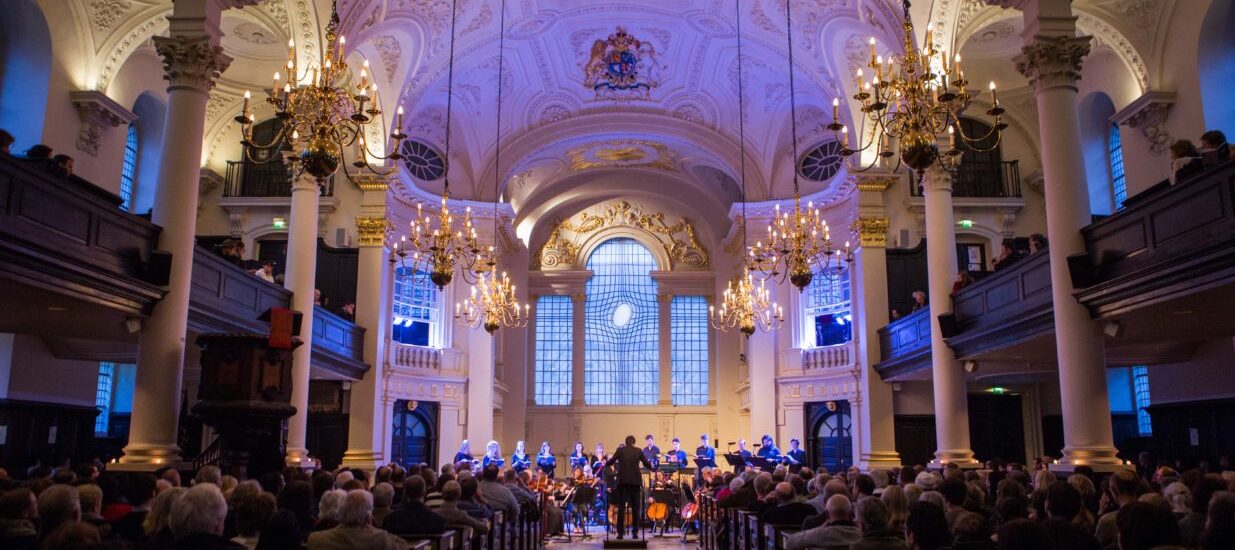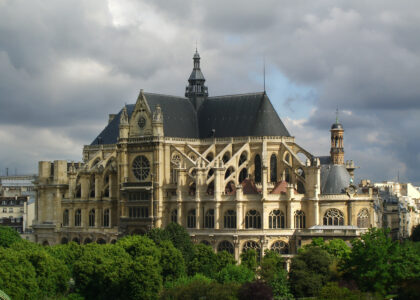Welcome to St Martin-in-the-Fields, a place where history, architecture, and community converge in the heart of London. This iconic church stands proudly at the northeast corner of Trafalgar Square, offering a story that spans centuries. Let’s take a journey through time and explore the fascinating history of this remarkable place.
The origins of St Martin-in-the-Fields date back to at least 1222 when it was the subject of a dispute between the Abbot of Westminster and the Bishop of London. The church’s name might seem peculiar today, but during the medieval period, this area was indeed open fields, hence the name ‘in-the-fields’. This rural setting evolved as London expanded, and by the early modern period, it became a principal parish church west of the old City.
In 1542, King Henry VIII took an interest in the church, not out of religious zeal, but to ensure that plague victims from Westminster didn’t pass through his Palace of Whitehall. His decision to rebuild the church marked a significant phase in its history. The church was further enlarged in 1606 by Prince Henry, the son of James I, as the local population grew rapidly.
The church you see today was constructed between 1722 and 1726, designed by the architect James Gibbs. His neoclassical design was groundbreaking, blending Baroque and Palladian styles. This design became a template for churches worldwide, influencing ecclesiastical architecture particularly in the United States. Inside, the elegant simplicity of the plasterwork ceilings and the classical columns offer a serene contrast to the bustling city outside.
St Martin-in-the-Fields has been more than just a place of worship; it’s been a hub of community and culture. During World War I, under the vicar Dick Sheppard, the church became known as ‘the church of the ever open door’, offering refuge to soldiers on their way to France. This philosophy of openness and hospitality endures today.
Throughout its history, the church has been associated with several notable figures. Renowned scientist Robert Boyle, actress Nell Gwyn, and botanist John Parkinson were all laid to rest here, adding to the rich tapestry of stories embedded in its walls.
In recent years, the church has expanded its role, not only as a place of worship but also as a center for music and charity. The crypt houses a popular café, where you can enjoy a meal amidst the stunning stone and brick vaulting. The church is also known for its regular concerts and lunchtime recitals, home to the acclaimed Academy of St Martin-in-the-Fields orchestra.
As you stand here today, know that St Martin-in-the-Fields continues to serve as a beacon of hope and community. It’s a place where the past and present meet, inviting everyone to discover its stories, music, and warmth.




